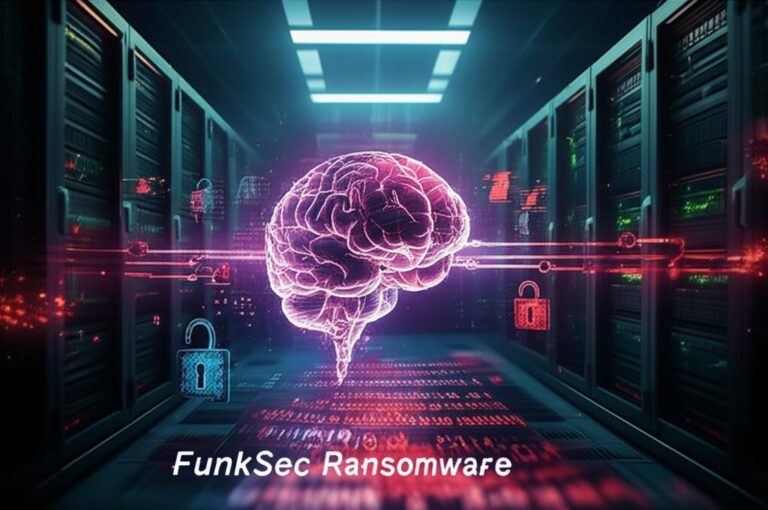Unlocking Unrivaled Security: The Immense Benefits of EDR
In today’s increasingly complex and hostile cyber landscape, traditional antivirus solutions alone are no longer sufficient to defend against sophisticated threats. Endpoint Detection and Response (EDR) has emerged as a critical and indispensable technology, offering a robust, proactive defense against advanced attacks. EDR goes far beyond mere prevention, providing deep visibility and rapid response capabilities across all your organizational endpoints – from laptops and desktops to servers and mobile devices. This article delves into the transformative and immense benefits EDR brings to modern organizations seeking to fortify their cybersecurity posture.
Advanced Threat Detection and Prevention
One of the primary advantages of EDR is its superior ability to detect and prevent threats that often bypass conventional security measures. EDR solutions achieve this through:
- Real-time Monitoring: EDR continuously monitors all endpoint activity, including processes, file changes, registry modifications, and network connections, providing an unbroken chain of custody for security events.
- Behavioral Analysis and AI: Utilizing advanced machine learning and artificial intelligence, EDR identifies anomalous behavior indicative of zero-day attacks, fileless malware, and stealthy techniques that evade signature-based tools.
- Proactive Threat Hunting: EDR empowers security teams to actively search for threats that may have evaded initial defenses, allowing for a more proactive approach to security rather than a reactive one.
Enhanced Visibility Across All Endpoints
Gaining comprehensive insight into endpoint activities is paramount for effective cybersecurity. EDR offers unparalleled visibility by:
- Comprehensive Data Collection: It gathers a wealth of telemetry data from every endpoint, providing a granular, forensic-level view of what’s happening at any given moment.
- Centralized Dashboard: EDR solutions offer a single pane of glass to visualize endpoint activities, incident timelines, and integrate with global threat intelligence feeds, simplifying complex data.
- Forensic Capabilities: Provides rich historical data and context, which is crucial for understanding the root cause, scope, and impact of a potential breach, facilitating more effective post-incident analysis.
Rapid Incident Response and Remediation
When a threat is detected, the speed of response is critical to minimize damage. EDR significantly reduces the impact of security incidents through:
- Automated Response Actions: EDR can automatically isolate compromised endpoints, terminate malicious processes, quarantine suspicious files, or even roll back system changes, preventing further spread.
- Guided Remediation: It provides security analysts with actionable insights and step-by-step guidance to quickly contain, investigate, and eradicate threats, streamlining the incident response process.
- Reduced Dwelling Time: By enabling rapid detection and response, EDR drastically cuts down the time attackers spend undetected within a network, thereby minimizing potential data exfiltration or system damage.
Improved Security Operations Efficiency
EDR not only strengthens security but also enhances the efficiency of security operations (SecOps) teams:
- Reduced Alert Fatigue: By correlating alerts and prioritizing true threats, EDR helps security teams focus on critical incidents rather than being overwhelmed by false positives.
- Streamlined Workflows: It automates many repetitive tasks, freeing up valuable security personnel for more strategic initiatives like threat hunting and security architecture improvements.
- Integration Capabilities: EDR often integrates seamlessly with Security Information and Event Management (SIEM), Security Orchestration, Automation, and Response (SOAR), and other security tools to create a unified and more powerful security ecosystem.
Compliance and Regulatory Adherence
For organizations operating under strict regulatory frameworks, EDR provides essential support:
- Comprehensive Audit Trails: EDR generates detailed logs of endpoint activities, which are essential for demonstrating compliance with regulations such as GDPR, HIPAA, PCI DSS, and NIST frameworks.
- Data Breach Reporting: It aids in quickly identifying the scope of a breach and affected data, facilitating timely and accurate reporting as required by various data privacy laws.
- Proactive Posture: By maintaining a strong and auditable security posture, EDR helps organizations reduce the risk of non-compliance penalties and reputational damage.
Conclusion
Endpoint Detection and Response is no longer an optional security measure; it’s an indispensable component of a resilient and modern cybersecurity strategy. By offering unparalleled visibility, advanced threat detection, and rapid response capabilities, EDR empowers organizations to stay ahead of increasingly sophisticated cyber threats, protect sensitive data, and maintain operational continuity. Investing in EDR is investing in the future security and stability of your enterprise, ensuring robust protection in an ever-evolving digital world.







